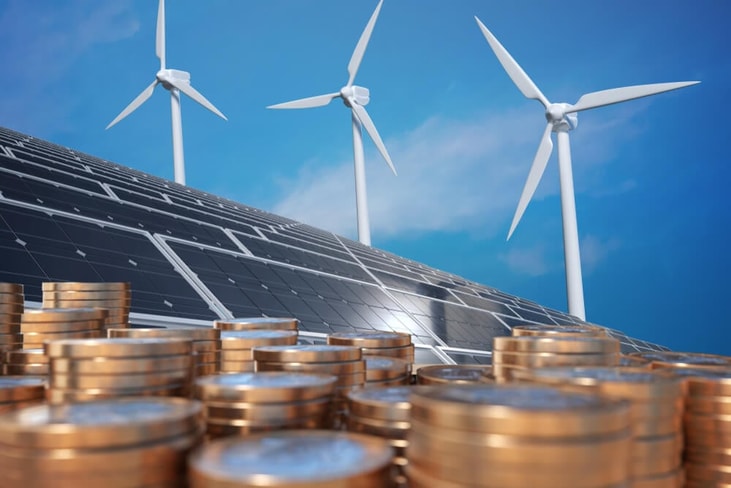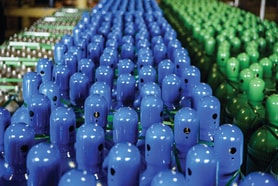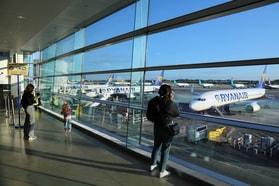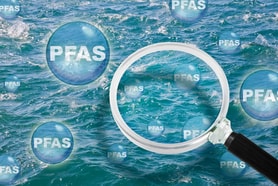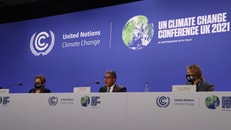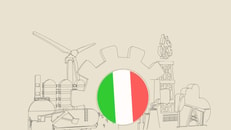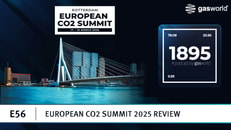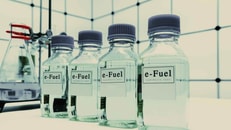First for hydrogen as EU issues €1.25bn to energy projects
The European Commission will grant almost €1.25bn ($1.3bn) in funding through the Connecting Europe Facility (CEF) to a raft of energy initiatives including hydrogen and carbon capture, utilisation and storage (CCUS) projects.
The bulk of funding (€750m or $770m) will go towards eight electricity grid projects such as the Bornholm Energy island project which involves building an underwater power cable to connect Denmark and Germany. It will also help to bring in power from offshore wind farms, with the ability to handle up to three gigawatts of wind energy.
Over €250m ($257m) is earmarked for 21 hydrogen development projects including BarMar-H2med between Spain and France, the backbone projects in Italy, Portugal and Spain and the hydrogen corridors and routes in the Baltic region.
Another €250m ($257m) will be used to build three projects and fund nine studies to plan carbon dioxide (CO2) infrastructure. The Prinos storage facility in Northern Greece will receive almost €120m ($124m), while a second grant worth €55m ($57m) will go towards building the North Sea L10 CO2 storage facility on the Dutch continental shelf.
... to continue reading you must be subscribed

